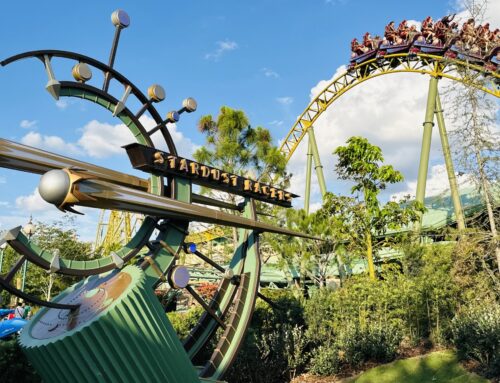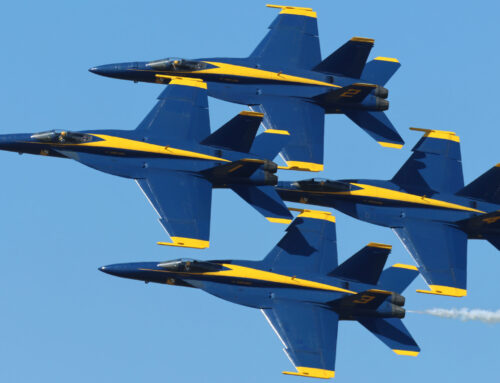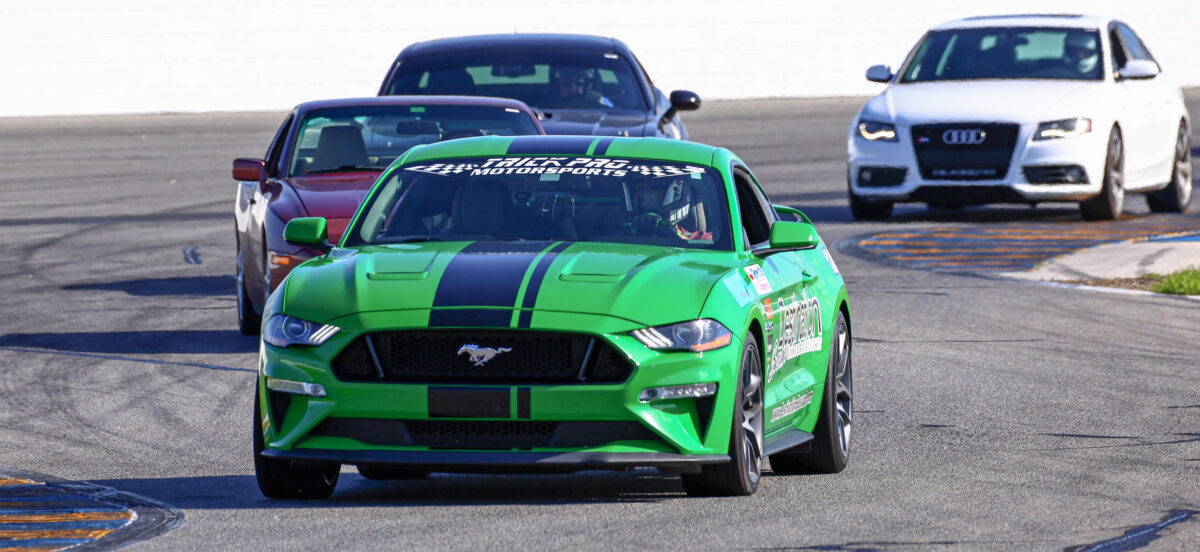
A quick recap of the SCCA Track Night in America at Daytona International Speedway.
I was finally able to take one of the Destination Brevard Mustangs up to Daytona International Speedway for some “hot” laps. There are a few ways to do this and the Sports Car Club of America’s Track Night in America is the route I chose.
These events are hosted at various tracks across the country and you do not have to be a SCCA member to participate.
What you do need to have is a vehicle in excellent condition that can withstand the stress of running at well over 100 mph and with the braking power to be able to handle what you’ll be putting it through. A Snell SA rated helmet is required and they do not have loaners at track night events. You also need to have the right attitude because these are not timed events AND you will be on the track driving at high speeds with other cars. Some of those cars will be faster than yours, some will handle better than yours and some of those drivers will have much more experience than you. Some of those drivers will be much more aggressive than you and some will be less aggressive. These are NOT races. They are a way to push yourself and your car a bit more than you do on the road.
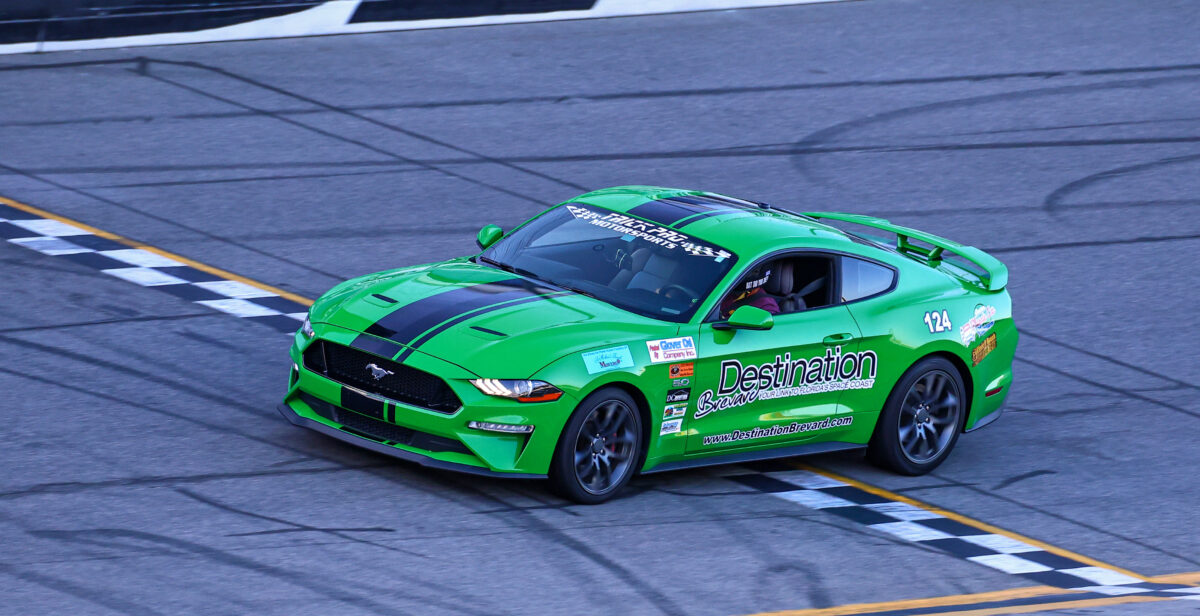
So how do you sign up for a Track Night in America event? First of all, you need to make sure you and your car are ready for such an event, you need that Snell SA rated helmet and then you can click on this link https://www.tracknightinamerica.com/events to see where upcoming events are taking place. Then it’s simply a matter of registering, paying for the event and getting yourself mentally ready. If this is your first time at one of these events, please pick the Novice division so that you learn the rules of track nights.
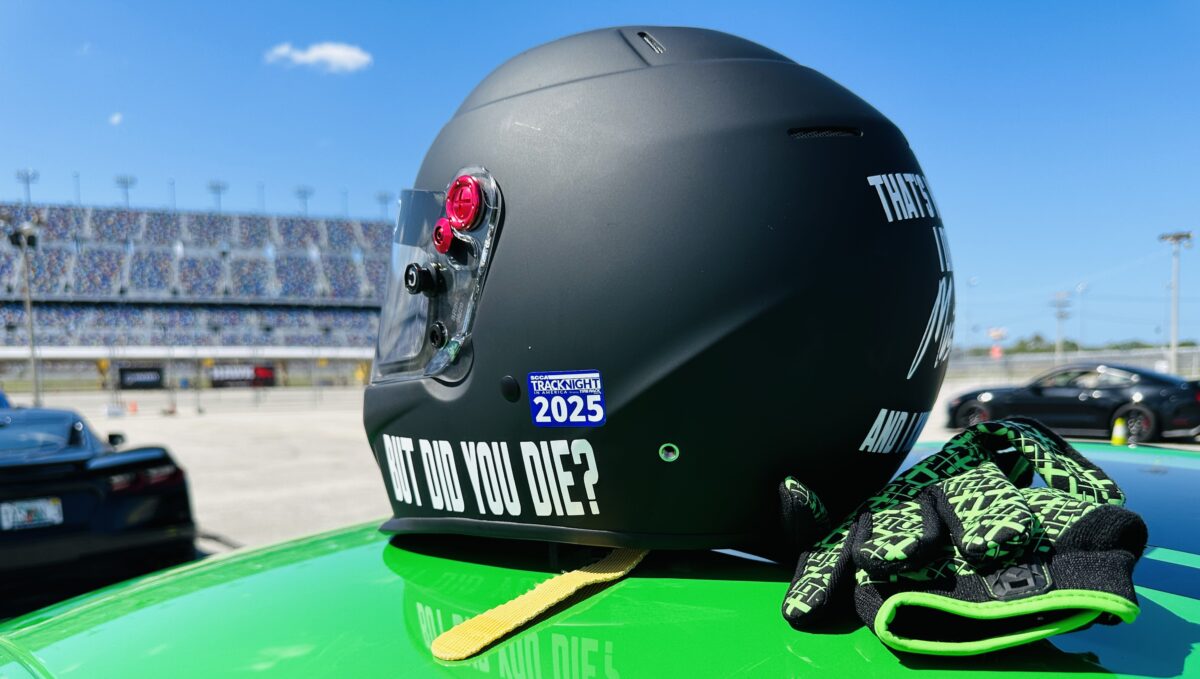
There is a section for track insurance and it’s up to you whether you get it or not. You need to realize that your auto insurance company will most likely NOT cover you should something happen during these events. They aren’t fond of you literally racing your vehicle around a track and yes things can happen. Get the insurance and give yourself some mental relief knowing that you are covered just in case.

What kind of prepping do you need to do for your vehicle?
Making sure your tires are in excellent condition is huge because you don’t want to blow out a tire while you’re buzzing around the track at well over 100 mph. Brakes too. Don’t go into a track night with well worn brakes. You want to be able to stop and stop quickly when needed. Fresh oil and coolant are both great things to have since your engine is going to be running very hot. Basically you want your vehicle in great mechanical condition because you’re going to be pushing it like it’s likely never been pushed before. You will have a spot in the “paddock” at the track where you can put anything you think you might need for the night. Whether that’s an extra set of tires (yes people do bring extra sets of tires just for running on track days), tools, a tire inflator, snacks, drinks, chairs, etc.
When it’s time to line up for your first run your vehicle has to be empty of anything that could come lose and cause you to be distracted on the track. That includes your floor mats and anything in your trunk.
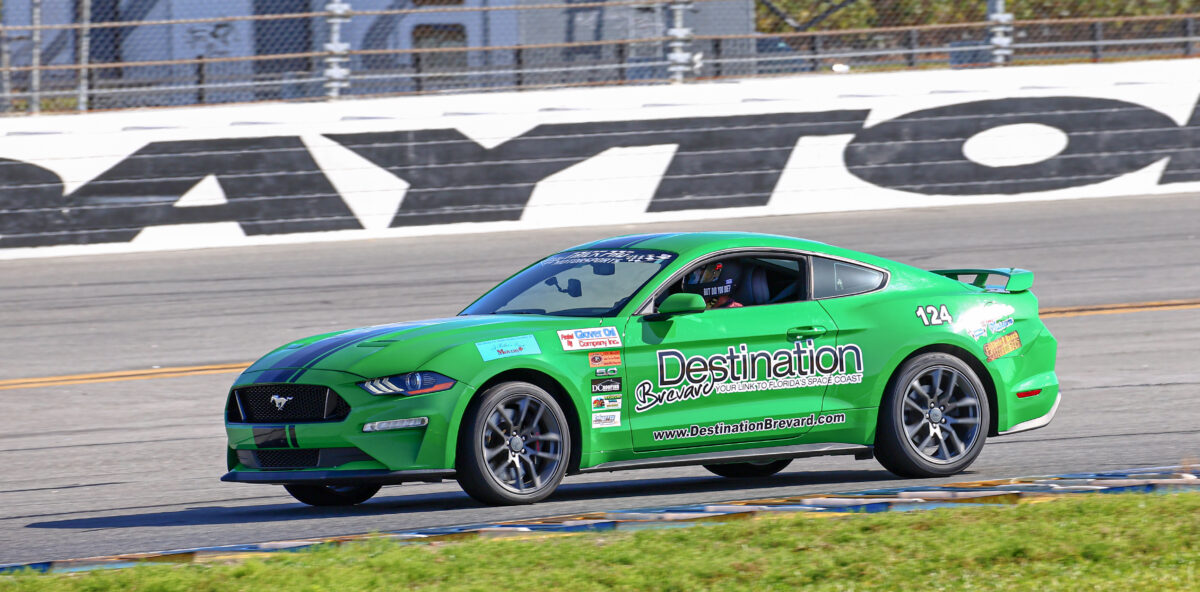
What can you expect when you arrive at the track?
This is coming from my experience for my first track night.
The first thing you will do is park by the registration tent to pick up your info packet and then you’ll have your helmet checked out by a member of the event staff. You’ll also hand over your tech sheet which is where you state that your vehicle is ready for the event.
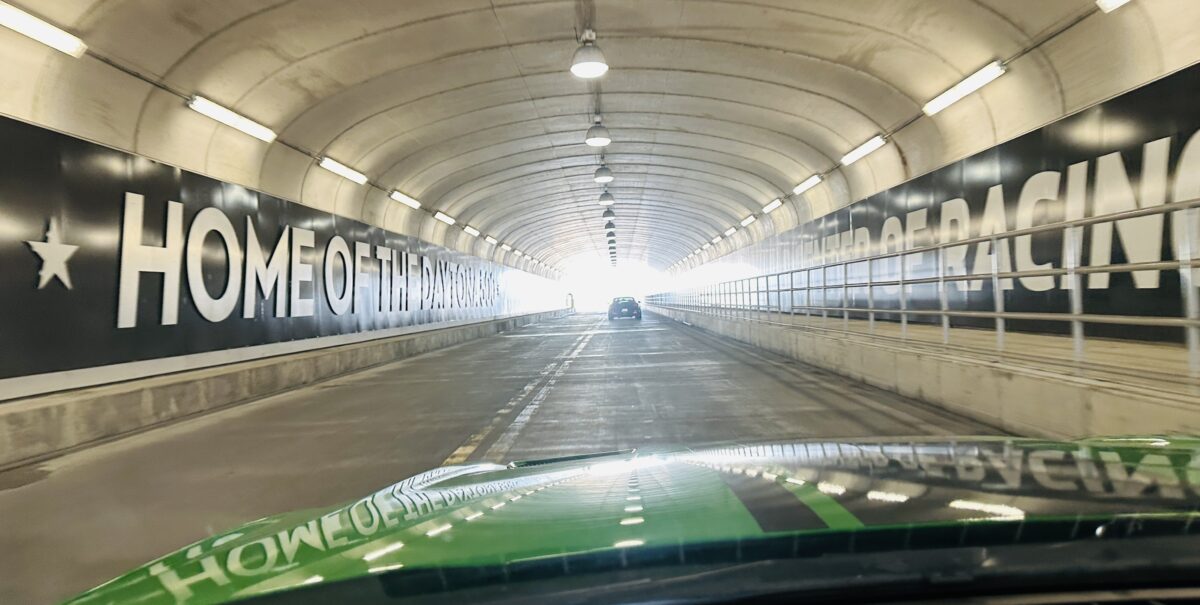
Then you will be directed to the paddock and to the spot you have for the rest of the day to store everything mentioned before. Depending on how early you get to the track, you may have a couple hours before it’s time for the first drivers meeting. That’s where a chair, possible a canopy, snacks and water come in handy.
Eventually your group will be called to line up in the “grid” and to attend the first drivers meeting. Novice drivers go through a brief meeting and then a couple of paced laps so that you learn the layout of the track and you get a feel for the minimal speeds you’ll be driving. Then the novice group will come back for a follow up meeting before your first “hot run”. Not only are you having to pay attention to how you’re driving and how those around you are driving, it’s VERY important that you watch for the flag holders who will be stationed around the track.
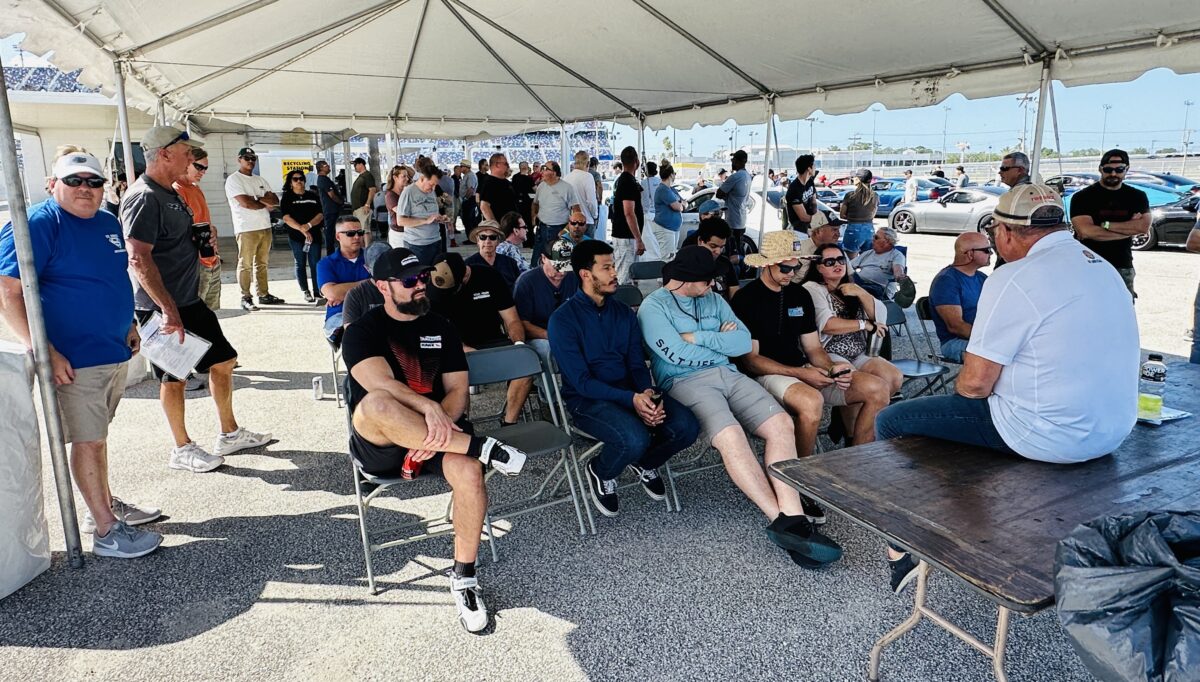
They are there to communicate to you a variety of things. Whether it’s telling you that there’s something on the track that you need to be aware of, that you’re needing to let someone pass you, that you need to come into the pits for a discussion or a variety of other topics, the flag folks are there to help and you should be spotting each one on every lap.
After your first hot run, you’ll come back in for another meeting before your next one. Then the same thing between runs 2 and 3. Hopefully by the end of your third hot run, your vehicle and you are 100% safe and you’re both excited and relieved to have made it all the way through without any adverse incidents.
Then it’s time to pack up your supplies in the paddock and head home (just remember that you’re not on the track anymore as you’re driving home).
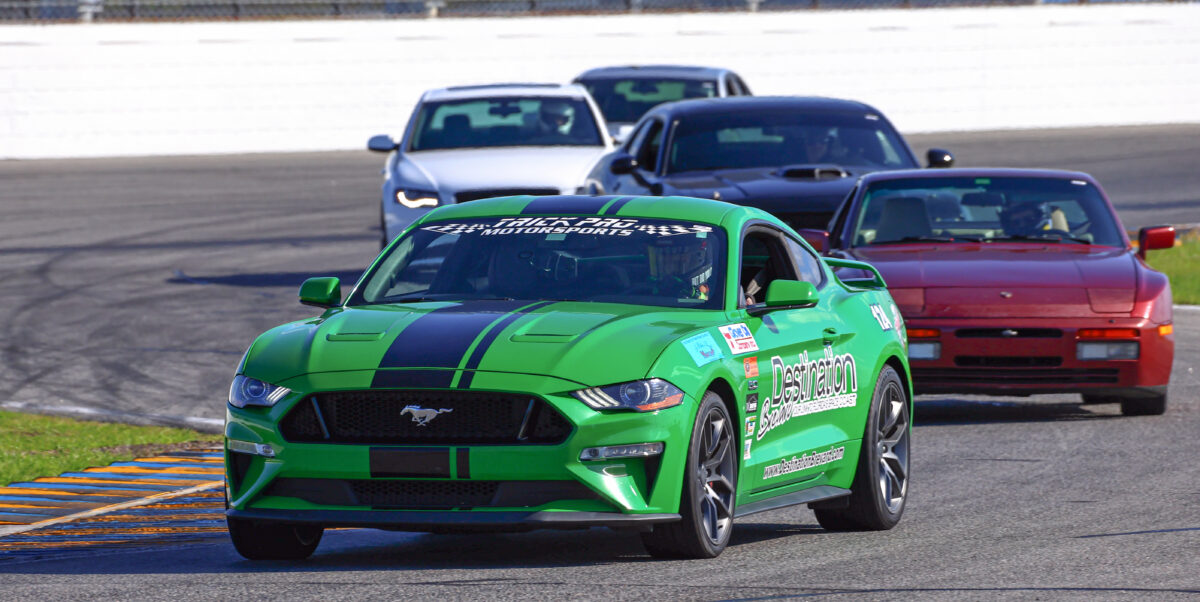
While I have done several local autocross events, this was my first time pushing this car so much. For several laps I was at 140+ mph going down the front and back stretches and around those high bank corners. The brakes got quite a workout through the road course section and the “truck stop” at the end of the back stretch. The car held up perfectly and there was definitely some room to push it more, BUT I did not want to push too much the first time out. The more you push, the more likely you could have something go very wrong.
Here’s a couple video clips from the event.
This was one heck of a learning experience and you can bet that one or both of my Mustangs will be back at Daytona as well as other track events more often.

